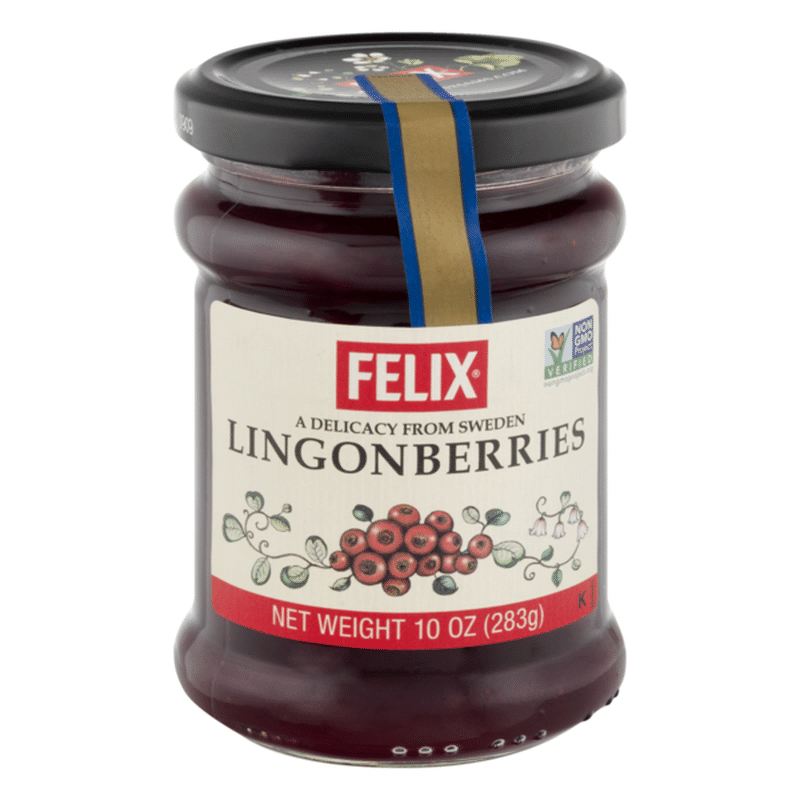

can greatly ease the burden of summer watering. In hotter and sunnier areas, a mulch of straw, bark, etc. The trick is to have the water available where the roots are. The top inch or two can feel dry, and the plant still be well watered. The soil should be moist but not soggy to a depth of about a foot for most growing plants. This will of course depend on your own conditions and the plants you are growing! DO NOT water lightly each day because this results in a wet surface and dry root zone area. The typical three foot diameter planting hole would need 7 ½ to 10 gallons of water per week provided by rainfall or by the gardener.Īpply this water once a week, two times per week if soil is fast draining. An inch of water is equivalent to about ¾ to one gallon per square foot of soil surface area. There are many factors, including the humidity, temperature, soil type, wind, and amount of direct sun that affect how much and how often water should be applied.Ī general rule of thumb for plants in the ground is to ensure they receive an inch of water per week over the root zone.

This is the most important and often the most difficult part of successfully growing plants. For larger pots use a potting mix that has larger particles in addition to the smaller. It is important for the establishment of the root system to gradually increase the size of the container over several years, rather than go from small directly to very large.ĭo not use soil from your garden in the pot, instead use a potting soil mix with some added compost. Plants will grow larger in a larger container, but make sure you have the ability and tools to move the pots heavy weight. To grow Lingonberry in a pot you need a final container size of at least 5 gallons, broad shallow containers will work well. Name are not good candidates for growing in containers for more than a few years

If you are planting an orchard be sure to include enough space between rows for transporting supplies in and fruit out. Refer to size descriptions for each variety, keeping in mind these are generally managed or pruned sizes, not maximum potential sizes. A 2-4” deep layer of mulch (pine needles, oak leaves, or wood chips) applied after planting will continue to improve the soil.Īllow sufficient space for both the top of the tree and it’s roots when selecting the planting location. Improve your soil where you intend to plant by mixing an inch or two of plant based organic matter (manures are best for vegetable gardens), peat, or coconut coir into an area 1 1/2 to 2 times the diameter of the needed planting hole and up to a foot deep. Lingonberry prefer a well drained soil with plenty of organic matter and a pH around 4.5-5.5. Fruit ripening and flavor development are also benefited by the carbohydrate production stimulated by the sun, as well as it’s heat. Sufficient sun exposure triggers the initiation of new flower buds for the next growing season, without which there will be no fruit. Lingonberry need to be planted where they receive at least 8 hours of direct sunlight measured in early summer (late June to early August). The chill hour requirement of plants varies by species, by cultivar, and sometimes by the level of dormancy achieved. Many plants native to locations that have cold winters have a Chill Hour requirement to ensure uniform waking up of flower and leaf buds in the spring.
#Buy lingon berries online zip
On our web site you will find a USDA Hardiness Maps which provides information on the average minimum winter temperature in your location, by zip code. This rating tells you the minimum winter temperature the plants typically survive when properly hardened off. Lingonberry ripen late summer to early fall, some varieties with a second crop late fall persisting into early winter. The pollenizers should be planted no further than pollen carrying bumblebees will fly, with no line of sight obstruction, to ensure proper cross-pollination, up to 50’.

Certain varieties produce more pollen and so make better pollenizers. Lingonberry are not self-fertile and require a different variety as a pollenizer to produce fruit. Lingonberry grow to 12-18”tall and spread up to 2‘ wide in the first two years, depending on variety and location.ĭwarf lingonberry grow to 6-8” tall, and to 12” wide in the first 2 years. There are several named varieties of lingonberry, so it is important to choose one that is right for your area. Lingonberry are grown worldwide and have been cultivated by humans for hundreds of years. A lingonberry is a tart/sweet, edible fruit produced by a lingonberry spreading groundcover (Vaccinium vitis-idaea).


 0 kommentar(er)
0 kommentar(er)
